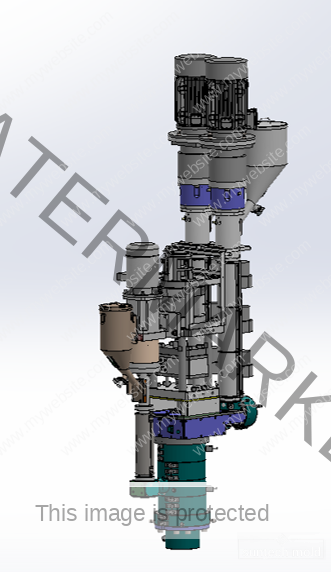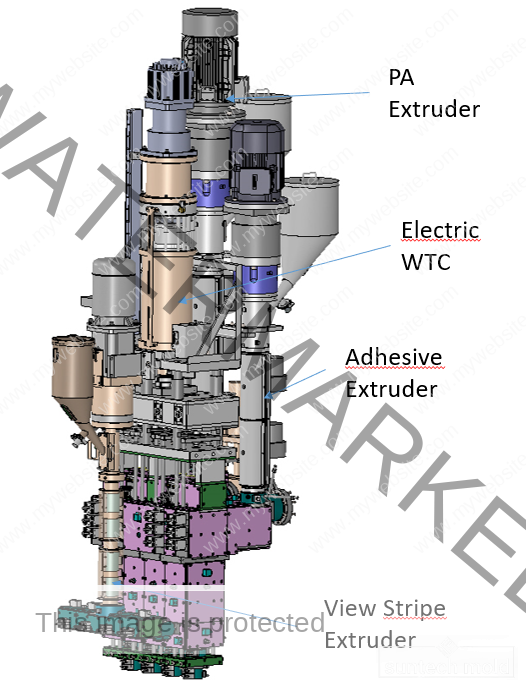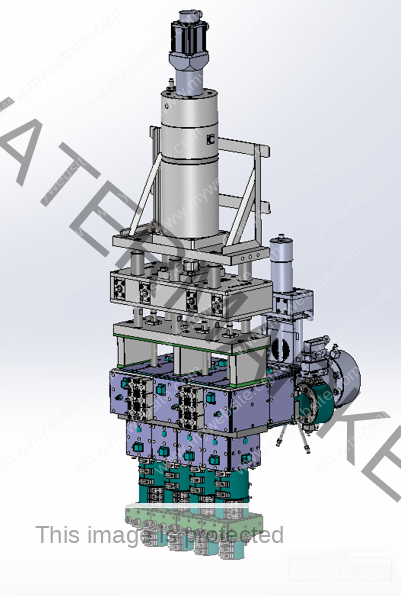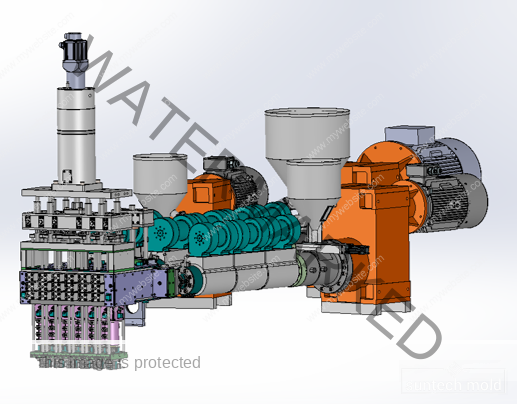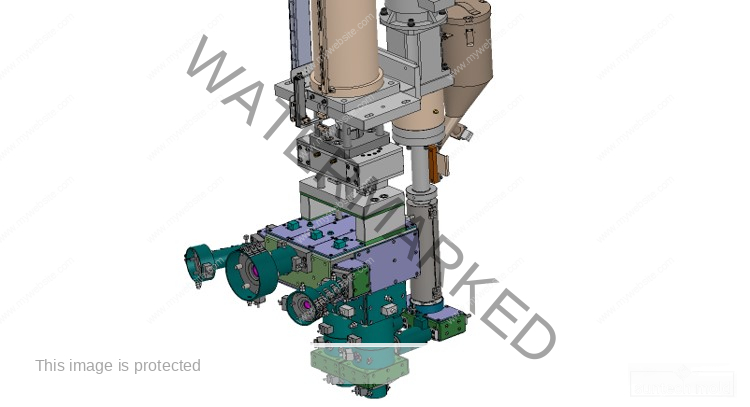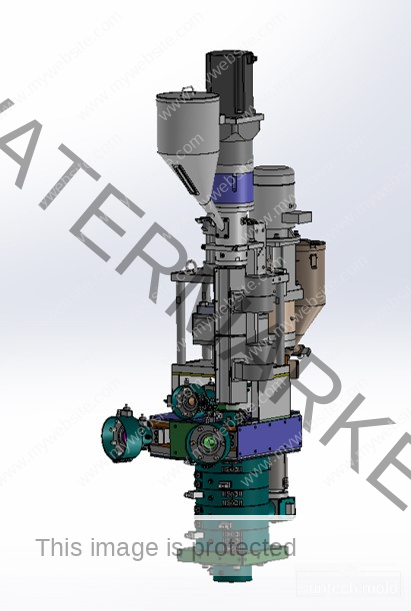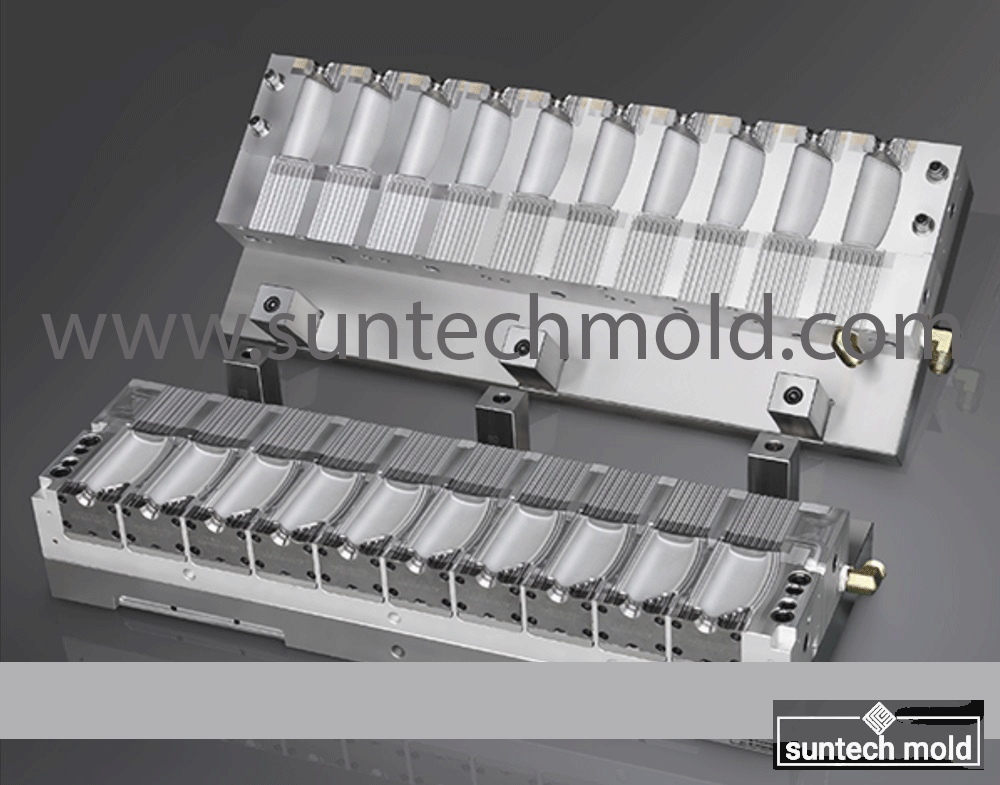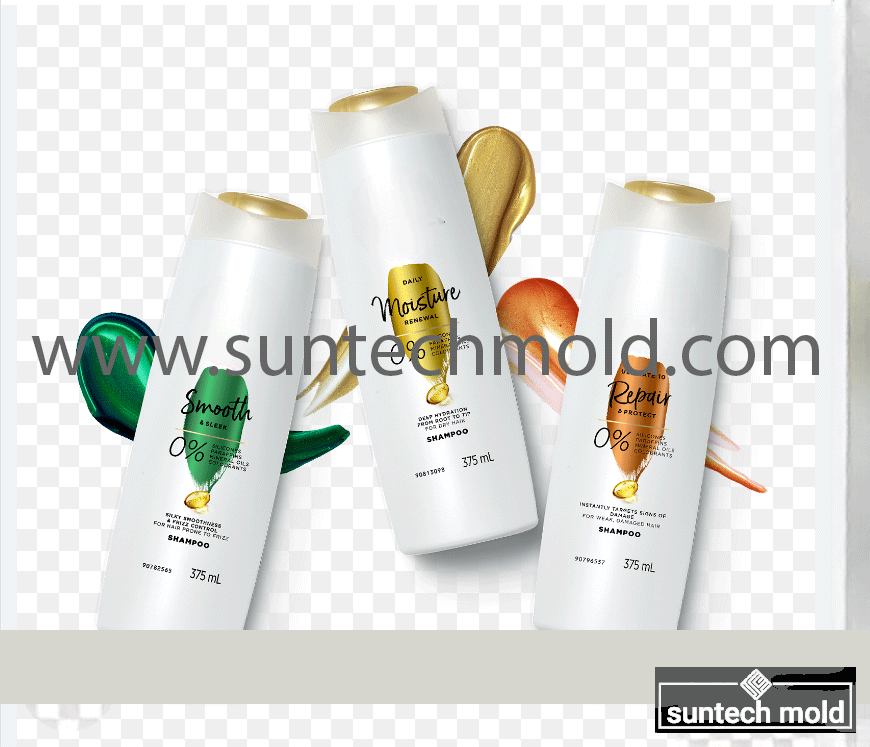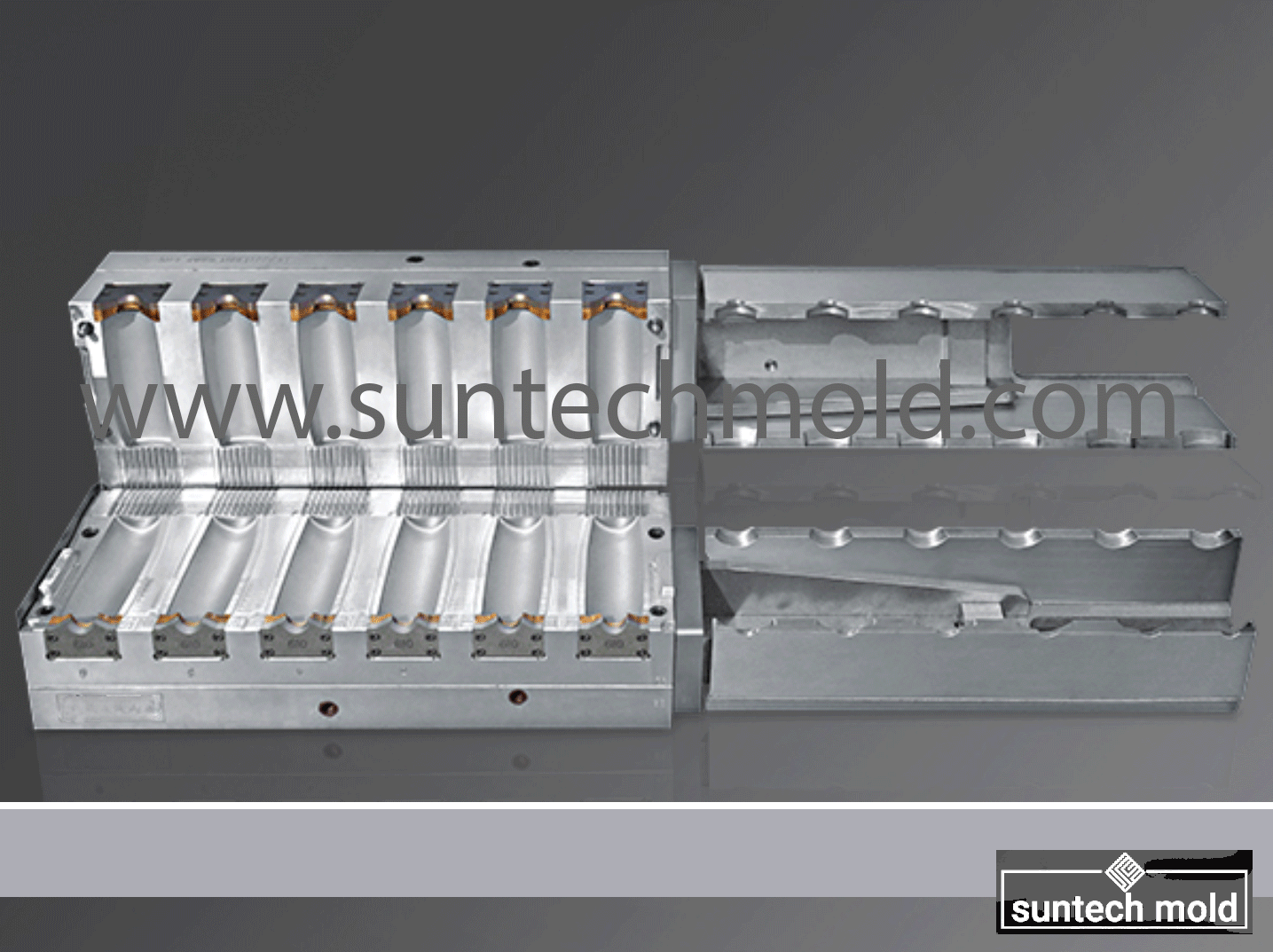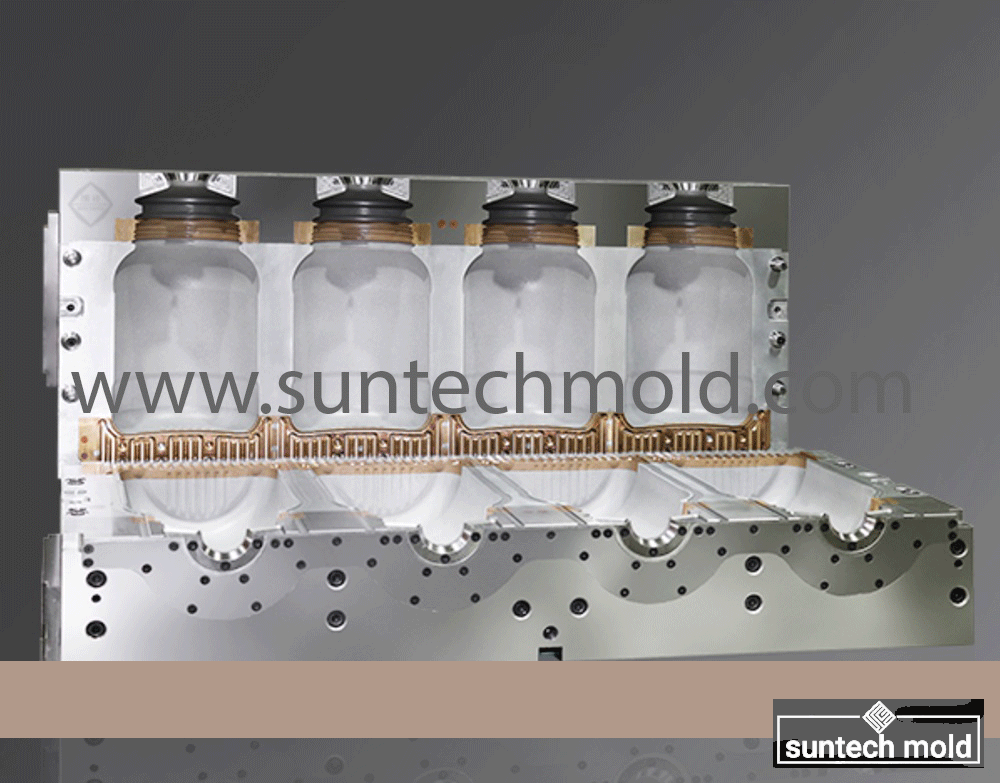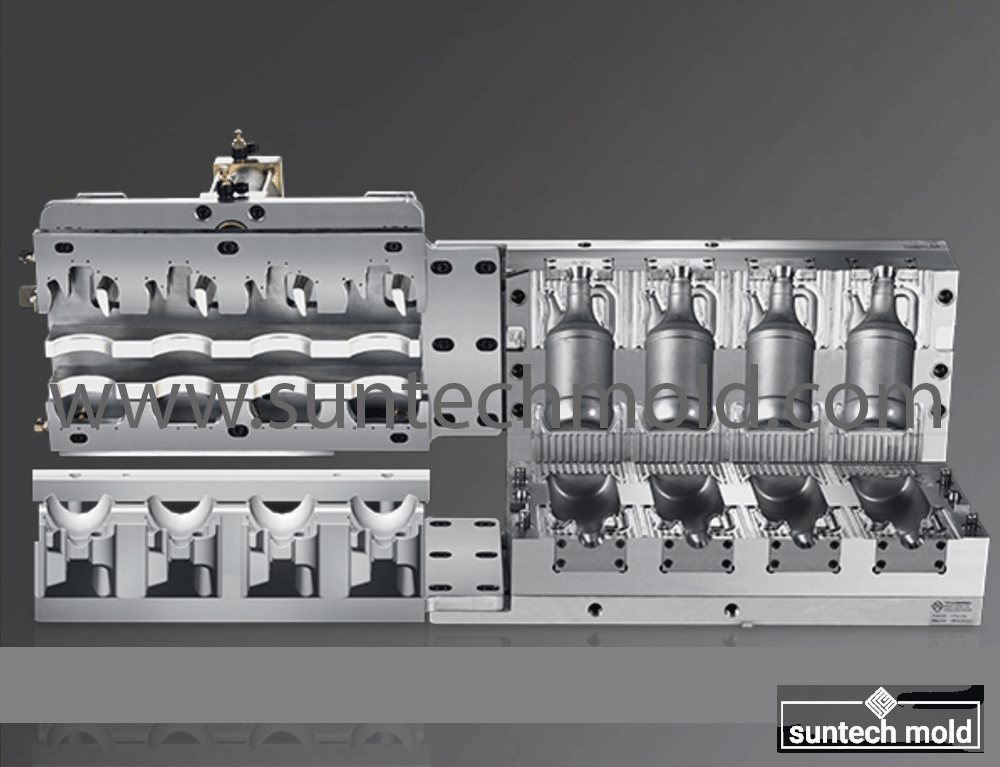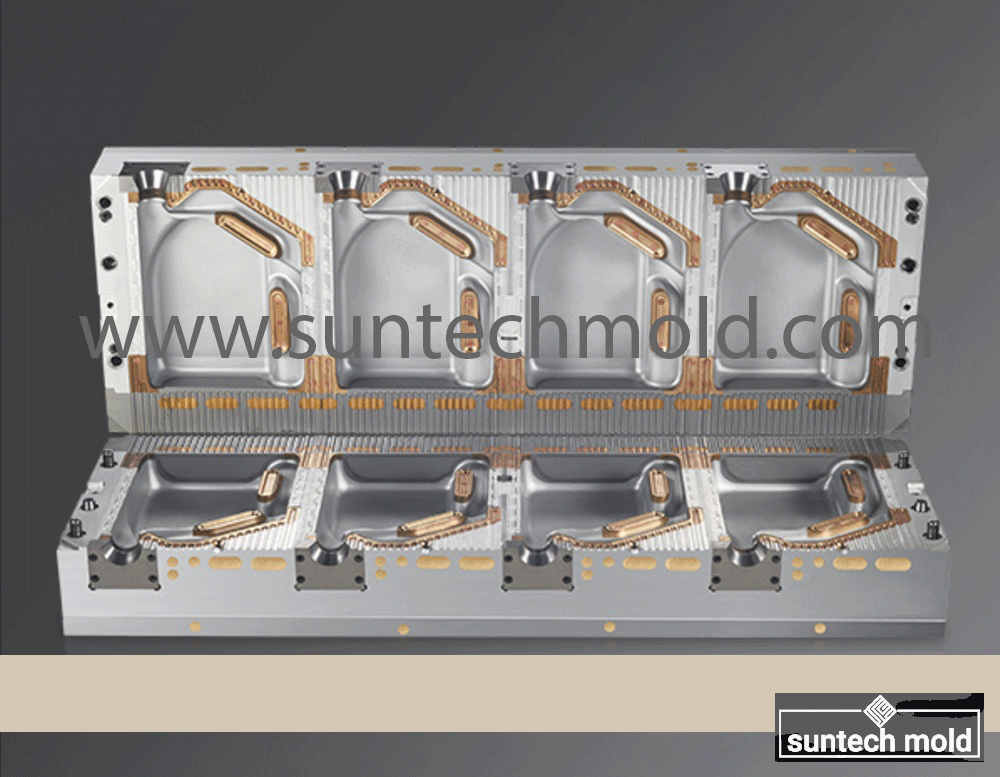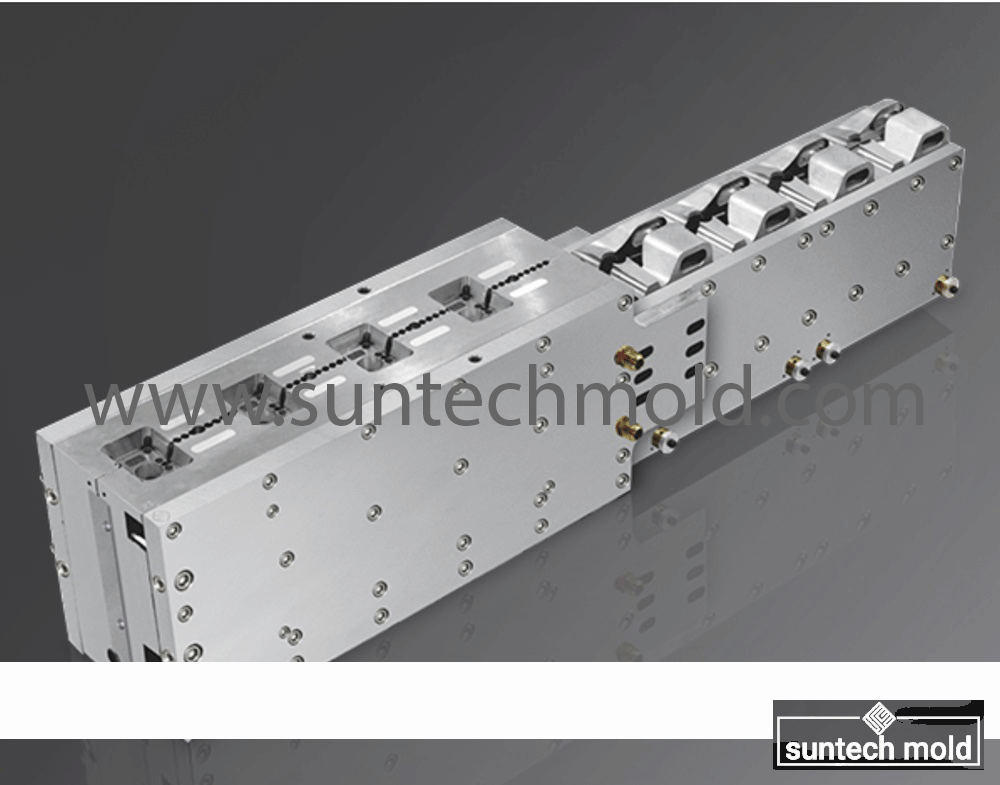The frequency of routine inspections for optimal mold maintenance can vary depending on several factors, including the type of mold, production volume, and the materials used. Here are some general guidelines:
- Daily Inspections
- High-Volume Operations: For molds used in high-volume production, conduct visual inspections daily to check for signs of wear, damage, or contamination.
- Before and After Use: Inspect molds before starting production and after each cycle to ensure they are in good condition.
- Weekly Inspections
- Moderate Usage: For molds that are used moderately, perform more detailed inspections weekly to assess wear on components and overall mold condition.
- Lubrication Checks: Ensure that moving parts are lubricated and functioning properly.
- Monthly Inspections
- Thorough Evaluation: Conduct comprehensive inspections monthly to evaluate surface conditions, alignment, and cooling systems.
- Documentation Review: Review inspection records to identify any recurring issues.
- Quarterly Inspections
- In-Depth Analysis: Perform in-depth inspections every three months, focusing on potential wear and tear, and conduct any necessary maintenance or repairs.
- Calibration Checks: Ensure that any measuring tools or sensors are calibrated and functioning correctly.
- Annual Inspections
- Major Overhaul: Schedule a detailed assessment annually, which may include reconditioning or refurbishing molds as needed.
- Review Maintenance History: Analyze the maintenance history to determine if any patterns or recurring issues need to be addressed.
Conclusion
Adapting the inspection frequency based on usage patterns and production demands is essential. Regular inspections help catch issues early, reducing the likelihood of defects and extending the lifespan of molds. Implementing a structured inspection schedule tailored to your operation will ensure optimal mold maintenance.
10 Cavities Shampoo Bottle Mold – Maximize Efficiency with Proper Maintenance
When it comes to high-volume plastic packaging production, a well-engineered 10 cavities shampoo bottle mold is a cornerstone of operational success. Designed for consistency, speed, and quality, this multi-cavity mold streamlines the manufacturing process by producing ten identical shampoo bottles per cycle. However, even the most durable molds require routine care. The frequency of routine inspections for optimal mold maintenance can vary depending on several factors, including the type of mold, production volume, and the materials used.
Daily Inspections for High-Volume Production
In environments where the 10 cavities shampoo bottle mold is in constant operation, daily visual inspections are crucial. These should be performed before and after each production cycle to detect early signs of wear, contamination, or mechanical issues. Frequent inspections reduce downtime and help avoid costly product defects.
Weekly Inspections for Moderate Use
If your production volume is moderate, weekly inspections are recommended. These go beyond a simple visual check and focus on component wear and lubrication. The mold’s moving parts, such as ejector pins and slides, should be checked to ensure smooth operation. Weekly lubrication checks can significantly reduce friction and prevent part failure.
Monthly Maintenance for Long-Term Reliability
Monthly, a thorough inspection should be carried out to assess the internal condition of the mold. This includes checking for surface degradation, part misalignment, or cooling system inefficiencies. Review inspection logs and documentation at this stage to identify any patterns of recurring issues. Addressing these early can improve overall mold lifespan.
Quarterly Inspections for Preventive Measures
Every three months, conduct an in-depth analysis. This inspection should focus on critical wear areas and calibration of embedded sensors or measuring equipment. Preventive maintenance at this stage, such as cleaning, polishing, or replacing worn components, ensures that the 10 cavities mold maintains its optimal output and accuracy.
Annual Overhaul for Maximum Efficiency
An annual inspection involves a detailed mold evaluation and potential reconditioning. This includes a complete teardown if needed, along with thorough cleaning, surface retexturing, and dimensional verification. Reviewing the mold’s entire maintenance history helps identify long-term performance trends and guides decisions on repairs or upgrades.
Conclusion: The Key to Mold Longevity
Whether your 10 cavities shampoo bottle mold is used in continuous or batch production, understanding the frequency of routine inspections for optimal mold maintenance is critical. A structured inspection schedule—daily, weekly, monthly, quarterly, and annually—tailored to your production volume and mold usage can significantly reduce downtime, prevent product defects, and extend mold life.
Implementing a proactive maintenance strategy ensures that your shampoo bottle mold performs at its best, cycle after cycle. With proper care and scheduled inspections, your operation can achieve consistent product quality, lower operating costs, and higher customer satisfaction.

